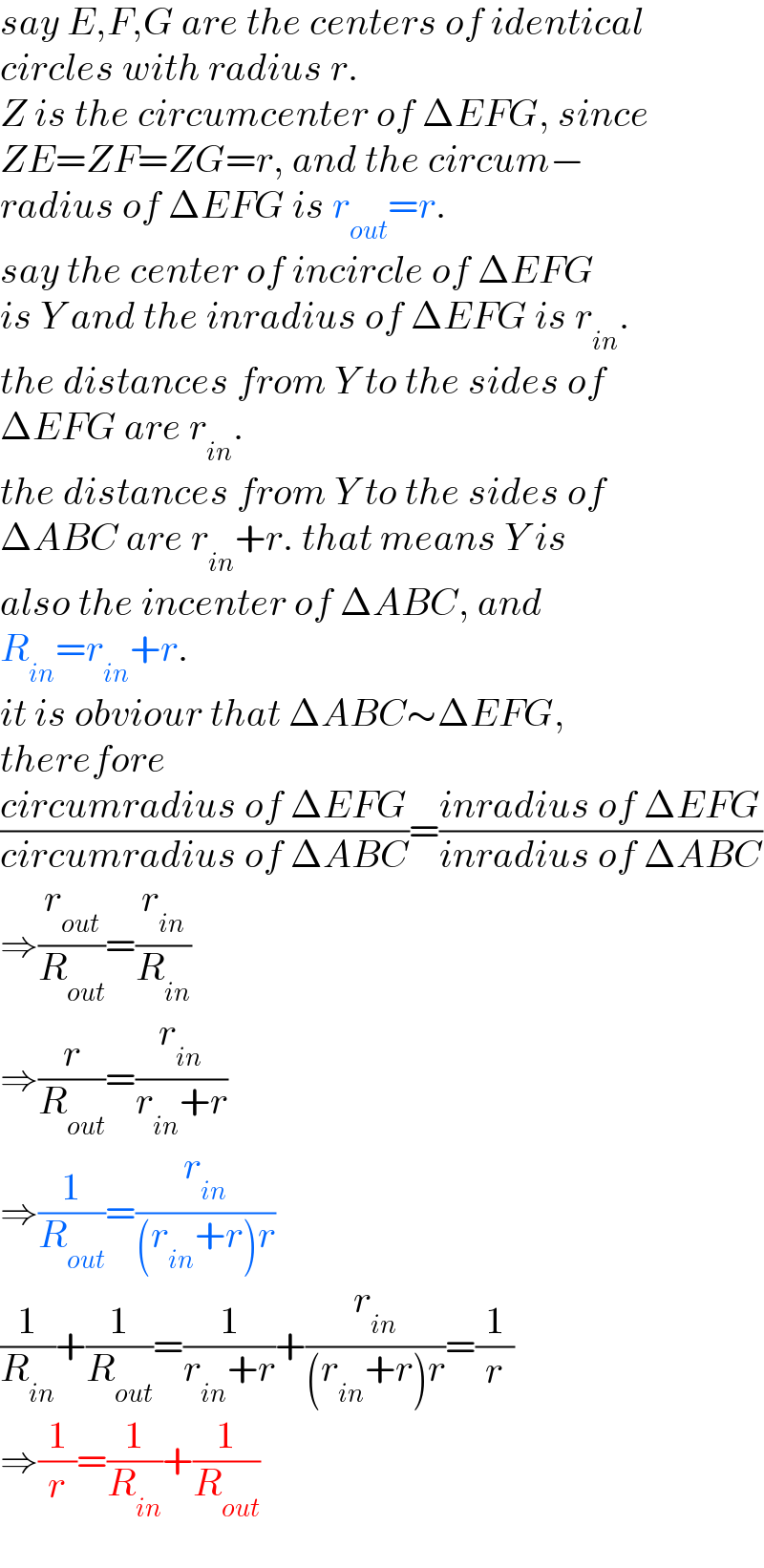
Question and Answers Forum
Question Number 154415 by mr W last updated on 18/Sep/21

Commented by mr W last updated on 18/Sep/21
![[Q154210]](Q154416.png)
Answered by mr W last updated on 18/Sep/21

Commented by mr W last updated on 18/Sep/21

Commented by Tawa11 last updated on 18/Sep/21

